Is Declawing a Cat Bad for Them?

Is Declawing a Cat Bad for Them
Declawing cats, a topic that has divided cat enthusiasts for years, is becoming an increasingly heated issue. As a trusted pet expert at pawsadviser.com, I’m here to provide you with the facts, not to make you feel guilty if you’ve declawed your cat in the past.
My goal is to help you make an educated decision about this controversial practice.
What is Declawing?
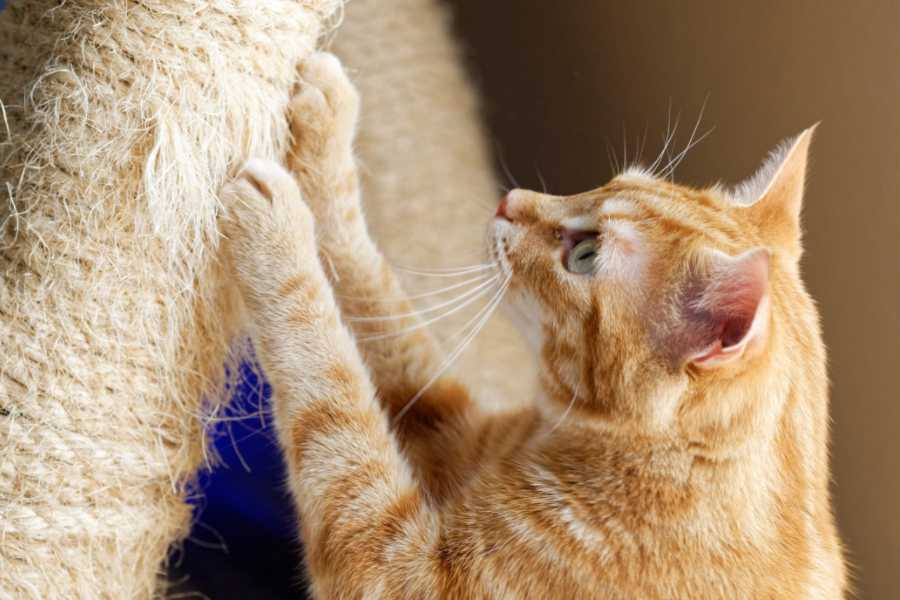
Declawing, or onychectomy, became popular around the 1950s when more people started moving from rural to urban areas, leading to cats spending more time indoors. The practice was initially introduced as a solution to protect furniture from cat scratches. However, the term “declawing” is somewhat misleading.
It’s not just about removing the claw; it involves removing the first digit of every toe on a cat’s paw. In essence, it’s not declawing; it’s de-knuckling. This is a significant surgical procedure that can have serious physical and behavioral consequences for your cat.
Why is Declawing a Problem?
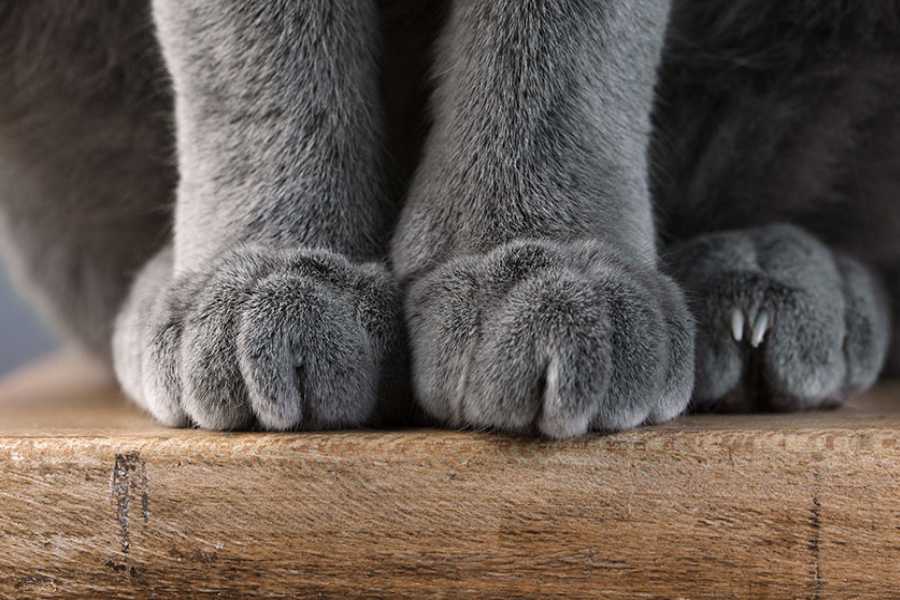
Declawing can lead to a host of issues for cats. Cats are digita grade animals, meaning they walk on their tiptoes. After declawing, they become flat-footed, which throws off their balance and disrupts their weight distribution. This can lead to arthritis later in life, affecting their toes, wrists, and shoulders.
Moreover, declawing can lead to behavioral changes. Cats without claws are more likely to bite as their primary defense mechanism - their claws - is taken away. This can lead to cats being surrendered to shelters because they’ve become more aggressive after being declawed.
Declawing can also lead to litter box issues. After the surgery, a cat’s paws are tender, and using a litter box can be painful. This can lead to the cat avoiding the litter box and choosing to eliminate elsewhere, such as on carpets, beds, or couches.
The Impact of Declawing on Cats’ Health

Various studies have highlighted the negative impacts of declawing on cats’ health. For instance, a study in 1998 found that acute complications developed in up to half of declawed cats, with long-term complications reported in about 20% of cases.
Another study in 2001 found that 33% of cats suffered at least one behavioral problem after declawing or tendinectomy surgery.
A more recent study from the British Columbia SPCA analyzed six years of data, including three years before and after a ban on feline declawing.
The study found no significant difference in surrender for destructive scratching. There was a decrease in the number of cats entering the shelter, a decrease in cat euthanasia, and cats spent less time in the shelter waiting to be adopted after the ban as opposed to before.
These studies clearly indicate that declawing can have serious negative impacts on a cat’s physical and mental health.
The Current State of Declawing
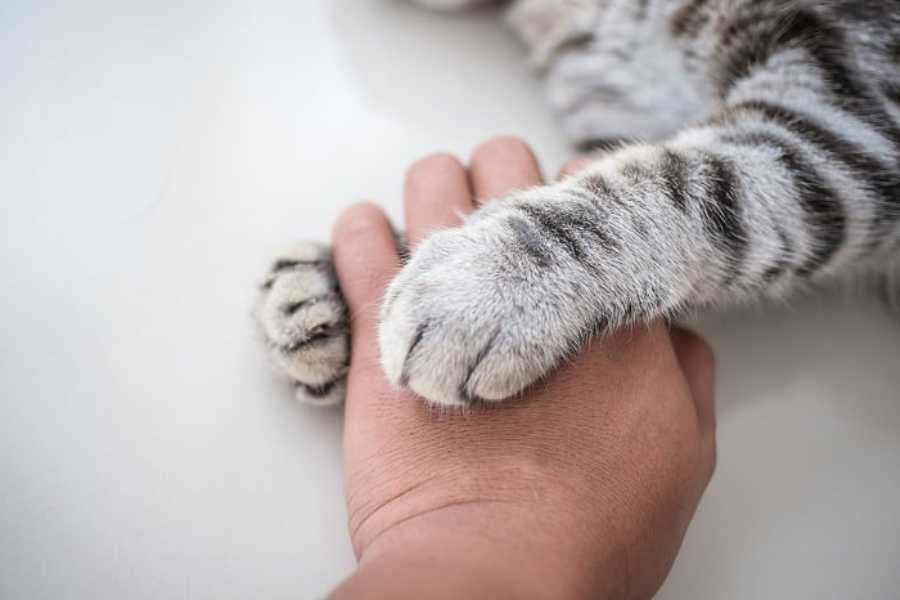
Declawing has been banned in
over 42 countries around the globe. In the US, several cities and states have banned declawing, including New York, which became the first state to ban the practice. Other states, including Massachusetts, Nevada, Rhode Island, Arizona, Connecticut, and Florida, are also pushing for similar bans.
However, the American Veterinary Medical Association (AVMA) has been somewhat ambiguous in their stance on declawing. In 2014, they revised their position statement to discourage declawing and only recommend it as a last resort. However, in 2020, they further amended their position to leave the decision up to the veterinarian’s best judgment.
If your vet offers declawing services, consider finding a new vet who prioritizes animal welfare over convenience. By choosing vets who refuse to declaw, we can help shift the demand and make declawing a less common practice.
What Can You Do?
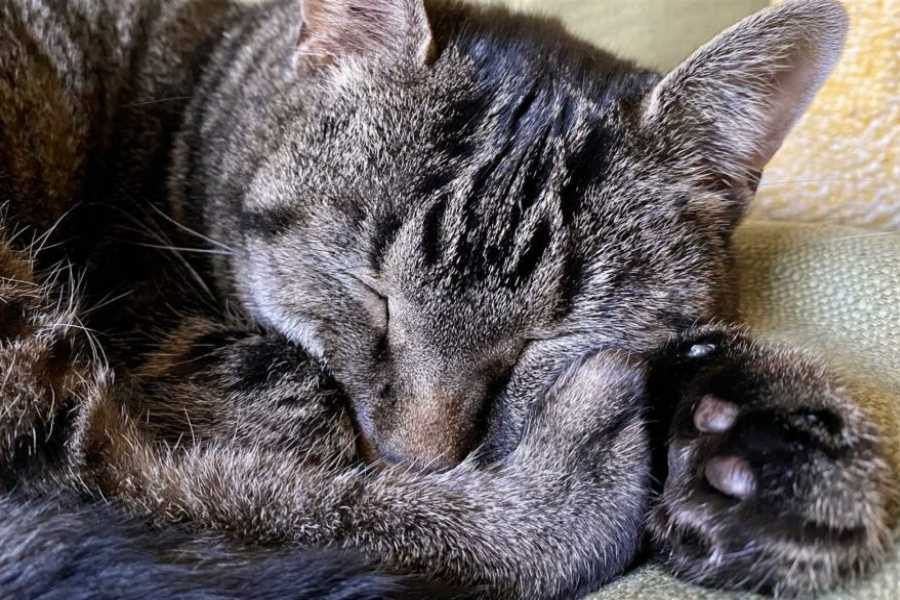
If you’ve declawed your cat in the past, it’s important to remember that the goal here is not to make you feel guilty but to educate and inform. If you’re considering declawing your cat, it’s crucial to understand the potential impacts and explore alternatives.
There are plenty of resources available to help manage your cat’s scratching behavior without resorting to declawing. For example, you can provide scratching posts or boards, use soft nail caps, or employ behavioral training techniques. You can find more information on these alternatives in our article why my cat has bad breath causes and remedies.
The Importance of Educating Others
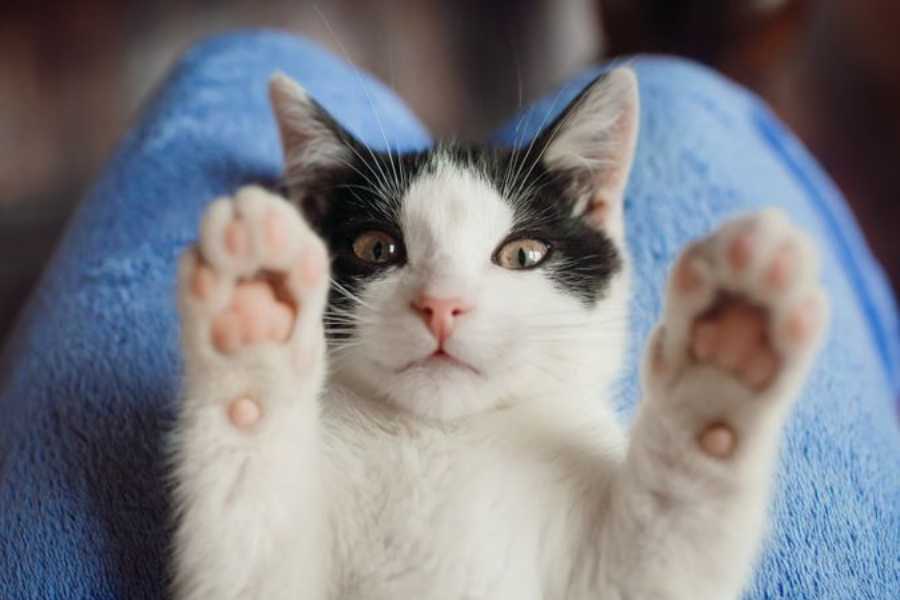
Education is key to ending the practice of declawing. If you know someone who is considering declawing their cat, share this article with them. The more people understand about the negative impacts of declawing, the less likely they are to choose this option for their pets.
Final Thoughts
Declawing is a controversial and often misunderstood practice. It’s not just about removing a cat’s claws; it involves amputating the first digit of each toe, which can lead to physical and behavioral issues.
As pet owners, it’s our responsibility to make informed decisions about our pets’ health and well-being. By understanding the implications of declawing and exploring alternatives, we can help ensure our feline friends lead happy, healthy lives.
Remember, at pawsadviser.com, our mission is to provide valuable, accurate, and engaging information for pet owners. We’re here to help you make the best decisions for your pets. If you have any questions or need further information, don’t hesitate to reach out.
Tags
Share
Table Of Contents
Related Posts
Quick Links

